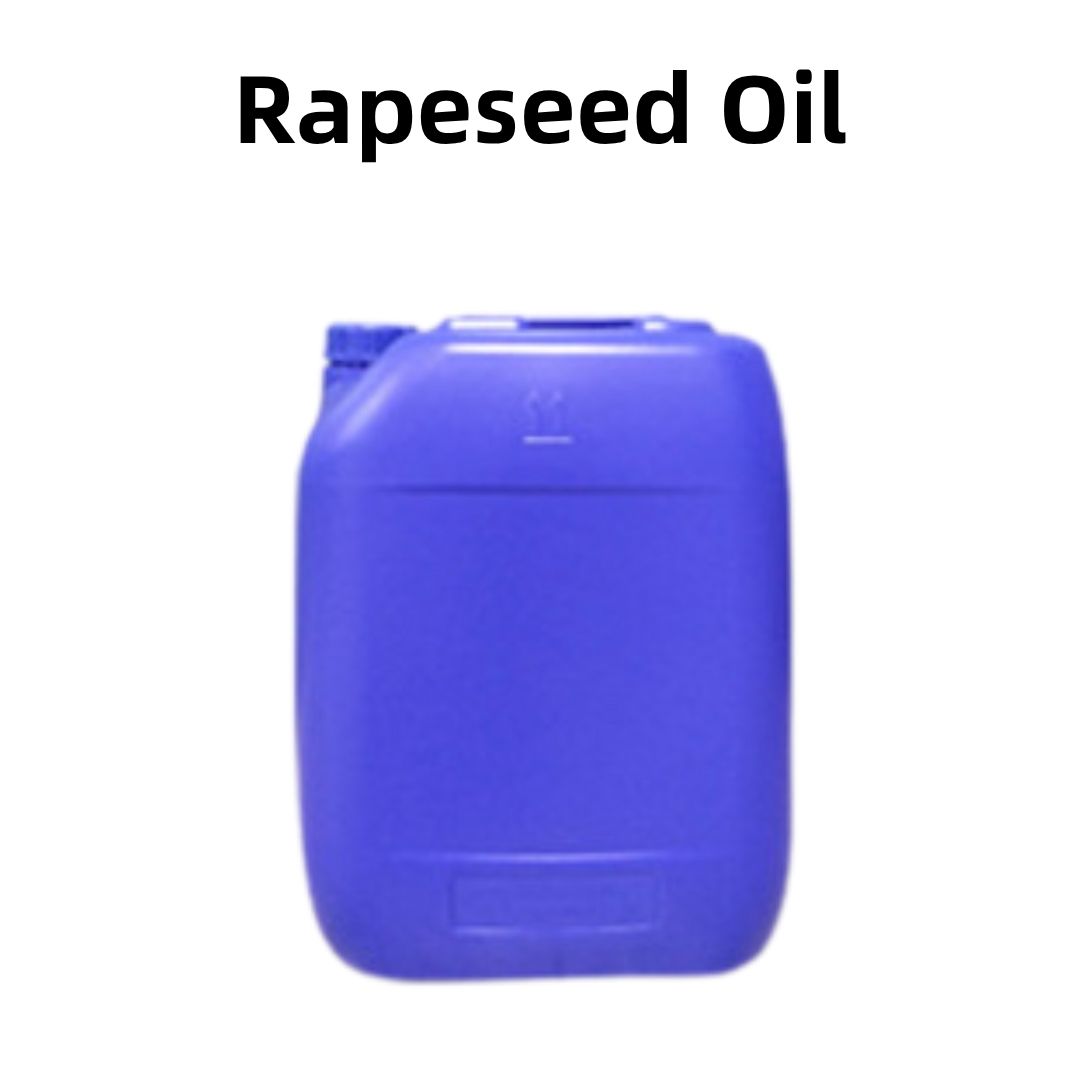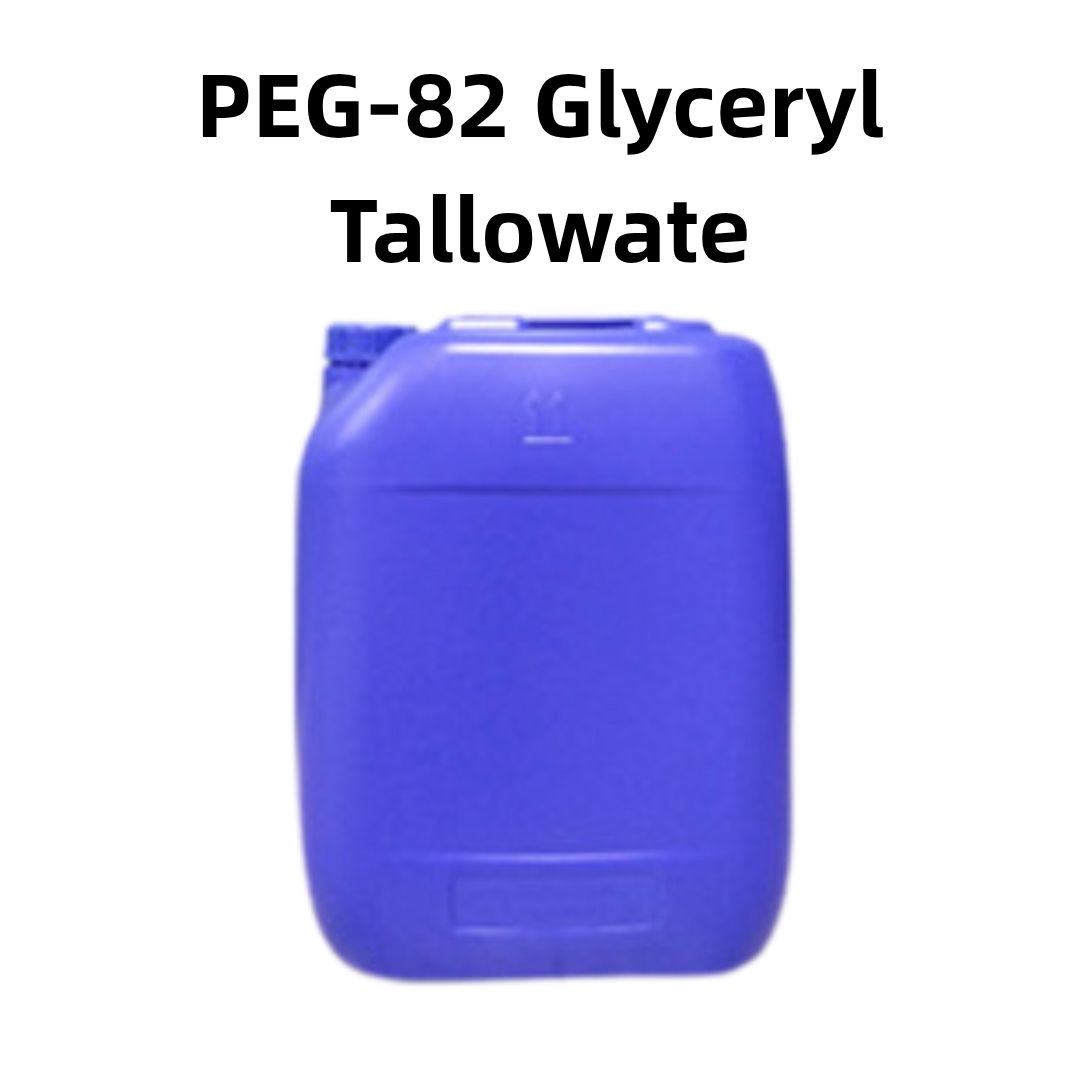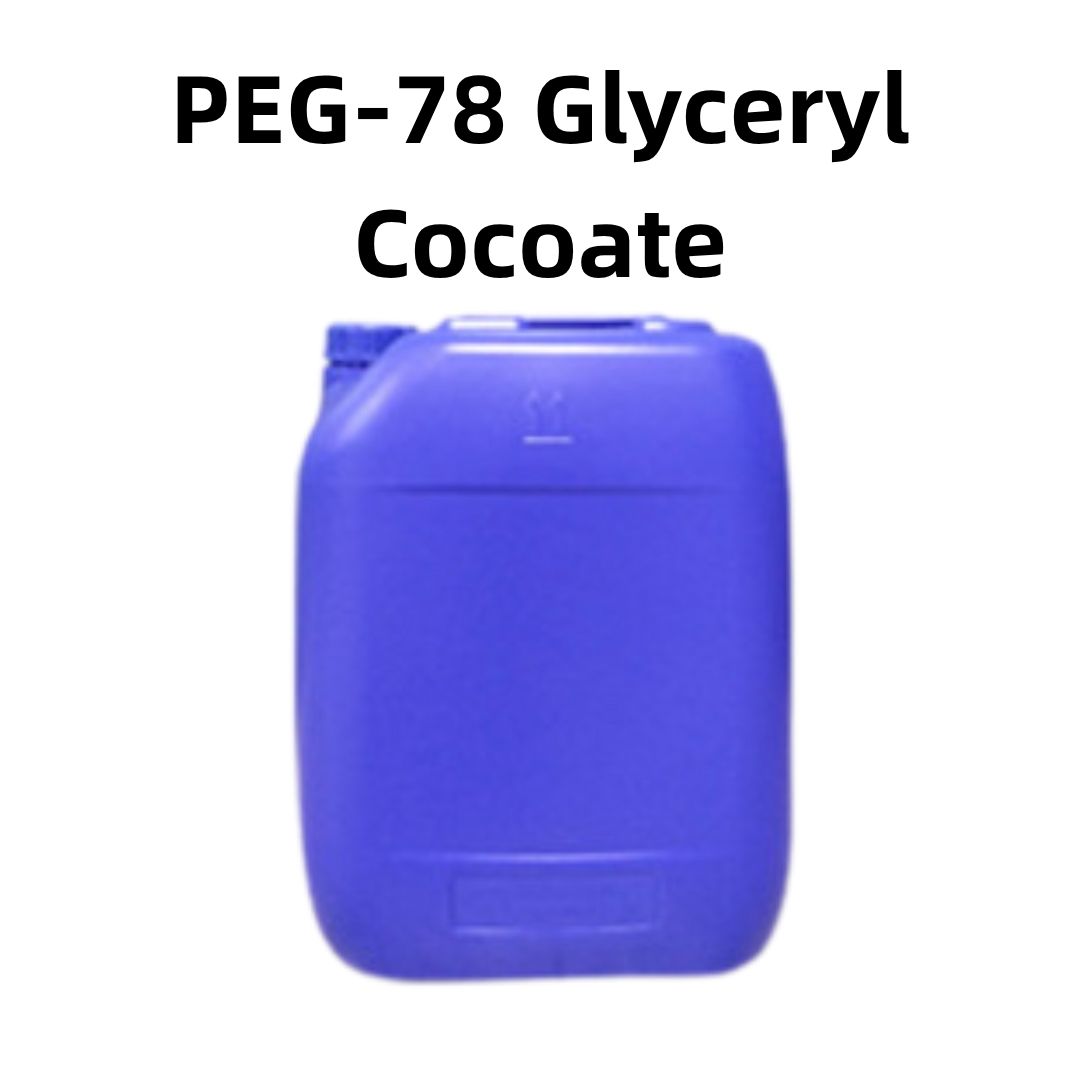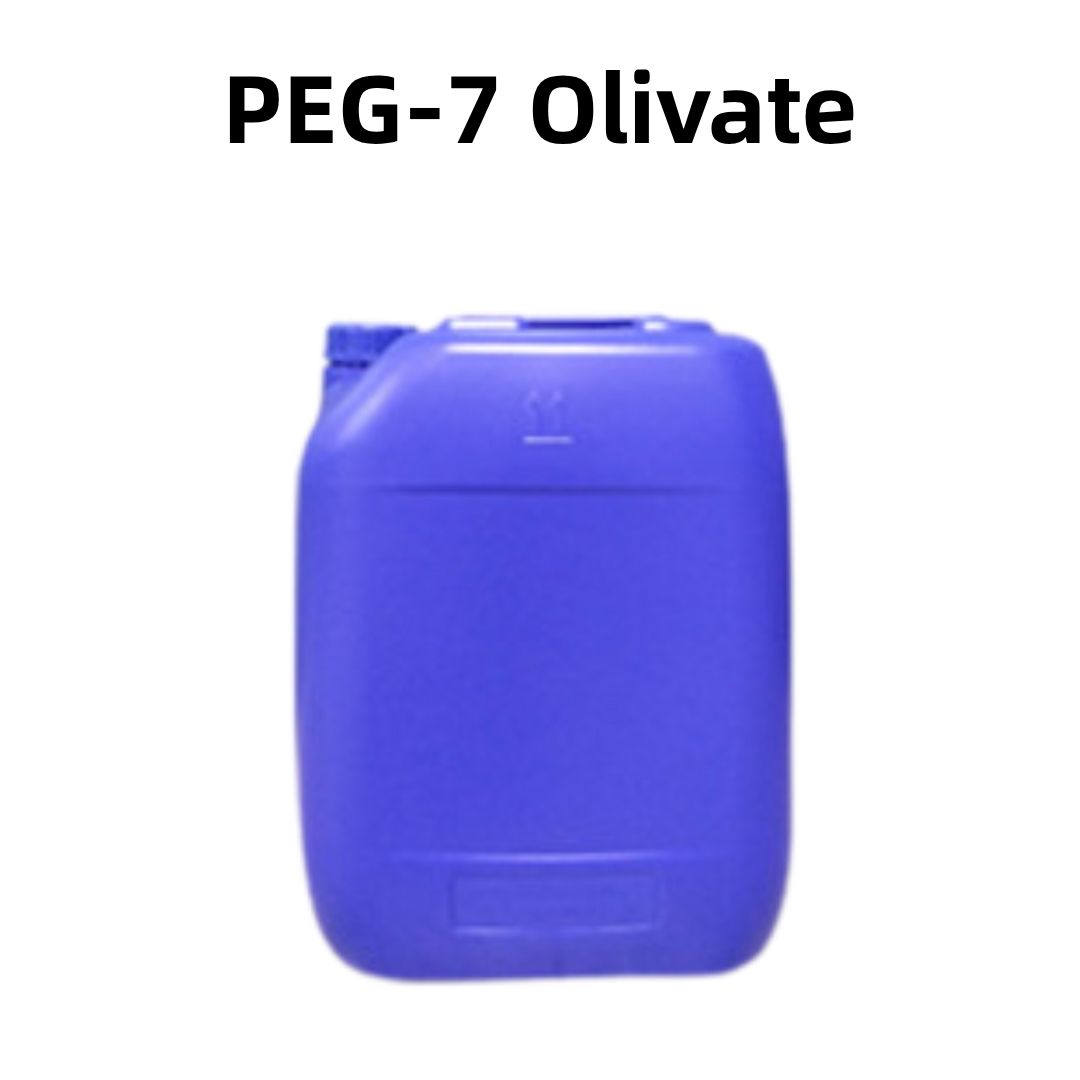Product Introduction
Sodium lactate is a sodium salt derived from natural lactic acid, commonly formed during the fermentation of carbohydrates. It is renowned for its excellent moisturizing properties, making it a popular ingredient in skin care and cosmetic formulations. Beyond its humectant abilities, sodium lactate serves as a pH adjuster, ensuring that cosmetic products maintain a desirable acidity level for optimal skin compatibility. Its versatility makes this ingredient an essential component in various formulations, from lotions to creams.
Production Process
The production of sodium lactate typically involves fermentation processes that utilize carbohydrates sourced from plants like corn or beets. During fermentation, lactic acid bacteria convert these simple sugars into lactic acid, which is then neutralized with sodium hydroxide or sodium carbonate to form sodium lactate. This process is efficient and aligns with sustainable practices, as it uses renewable resources and minimizes the environmental impact.
Efficacy and Function
Sodium lactate is prized for its ability to attract and retain moisture within the skin, making it an effective humectant. It also helps enhance the texture of products by imparting a smooth feel upon application. Moreover, sodium lactate plays a pivotal role in stabilizing pH levels in formulations, which is crucial for maintaining the integrity and effectiveness of various products. Its antibacterial properties additionally lend a degree of preservation to formulations, making it beneficial in extending product shelf life.
Application Scenarios
Sodium lactate is commonly used in personal care products, including moisturizers, lotions, and creams. It is also found in shampoos, conditioners, and other hair care products where hydration and pH balance are essential. The ingredient is particularly appealing in formulations designed for sensitive skin, as it helps soothe and maintain skin health. Additionally, sodium lactate can be used in sunscreens and after-sun products to enhance moisture retention after sun exposure.
Packaging and Transportation
- Storage Conditions: The product should be sealed, protected from light, kept away from high temperatures, and stored in a dry, cool, and well-ventilated place.
- Packaging: Bulk packaging is 25kg per drum, sample packaging is 1kg per bottle, and custom packaging is available upon request.
- Shipping Methods: FedEx, DHL, dedicated logistics, and sea freight consolidation.
- Shelf Life: Two years.
Monica Sun’s expertise in the cosmetic ingredients industry spans emulsifiers, active components, and plant-based raw materials development and application. She is dedicated to integrating science and nature, providing high-performance and eco-friendly ingredient solutions for skincare and personal care products.

















